Dharmapuri Tourism
Search related to Tamil Nadu Tourism

Dharmapuri is a district located in the northwestern part of the Indian state of Tamil Nadu. It is bounded by the state of Karnataka to the west, the district of Krishnagiri to the east, the district of Salem to the south, and the state of Andhra Pradesh to the north. The district headquarters is located in the city of Dharmapuri, which is also the largest city in the district.
History
The history of Dharmapuri dates back to ancient times, and the region has been inhabited by various dynasties and empires. The earliest known dynasty to rule over the region was the Cholas, who ruled from the 9th to the 13th centuries. The region also saw the rise of the Vijayanagara Empire in the 14th century, followed by the Bahmani Sultanate and the Marathas.
During the British colonial era, the district was part of the Madras Presidency and was formed in 1965 by the bifurcation of Salem district. Since then, it has undergone significant development in terms of infrastructure and industrialization.
Geography
Dharmapuri district covers an area of 4,497 square kilometers and is situated at an altitude of 468 meters above sea level. The district is mostly hilly, with the Eastern Ghats range running through its eastern part. The major rivers that flow through the district are the Pennaiyar, Kaveri, and Palar. The district is also home to the Hogenakkal Falls, which is a major tourist attraction.
Climate
The climate of Dharmapuri is tropical, with hot summers and moderate winters. The temperature during the summer months of March to June can reach up to 40°C, while the winter months of November to January see temperatures dropping to around 18°C. The district receives rainfall during the monsoon months of June to September.
Culture
Dharmapuri district is known for its rich cultural heritage and has been home to various communities and ethnic groups. The district has a significant population of the Kuruba community, who are known for their unique culture and customs.
The district is also known for its folk music and dance forms, such as the Oyilattam and Karagattam. The Pongal festival is celebrated with great enthusiasm in the district, and the Hogenakkal Festival is also a major cultural event.
Economy
The economy of Dharmapuri is largely dependent on agriculture, with crops such as paddy, sugarcane, and cotton being the major produce. The district is also known for its mango cultivation and is one of the largest mango producers in the state. The district is also home to several textile and leather industries, which provide employment to the local population.
Tourist Attractions
Dharmapuri district has several tourist attractions that attract visitors from all over the country. Some of the major tourist attractions in the district are:
- Hogenakkal Falls: The Hogenakkal Falls is a popular tourist destination and is known for its scenic beauty and natural splendor.
- Theerthamalai Temple: The Theerthamalai Temple is a famous Hindu temple dedicated to Lord Vishnu and is a major pilgrimage site for Hindus.
- Chenraya Perumal Temple: The Chenraya Perumal Temple is a famous temple dedicated to Lord Vishnu and is known for its exquisite architecture.
- State :
- Tamil Nadu
How to Reach Dharmapuri
Complete List of Tehsils in Dharmapuri District, Tamil Nadu
| S.No | Tehsil / Taluk Name | District Name | State Name |
|---|---|---|---|
| 1 | Dharmapuri | Dharmapuri | Tamil Nadu |
| 2 | Harur | Dharmapuri | Tamil Nadu |
| 3 | Krishnagiri | Dharmapuri | Tamil Nadu |
| 4 | Nallampalli | Dharmapuri | Tamil Nadu |
| 5 | Palacode | Dharmapuri | Tamil Nadu |
| 6 | Palakkodu | Dharmapuri | Tamil Nadu |
| 7 | Pappireddipatti | Dharmapuri | Tamil Nadu |
| 8 | Pappiredipatti | Dharmapuri | Tamil Nadu |
| 9 | Paupparapatti | Dharmapuri | Tamil Nadu |
| 10 | Pennagaram | Dharmapuri | Tamil Nadu |
Discover Exciting Places to Visit in Agra, Uttar Pradesh - Your Ultimate Travel Guide
Are you ready to explore the wonders of Agra, Uttar Pradesh? From the majestic Taj Mahal to hidden gems waiting to be discovered, our travel guide unveils the most captivating
Explore Exciting Places to Visit in Mumbai, Maharashtra - Your Ultimate Travel Guide
Ready for an adventure? Mumbai, in the beautiful state of Maharashtra, is packed with amazing places waiting to be explored! From iconic landmarks to hidden gems, Mumbai has something for
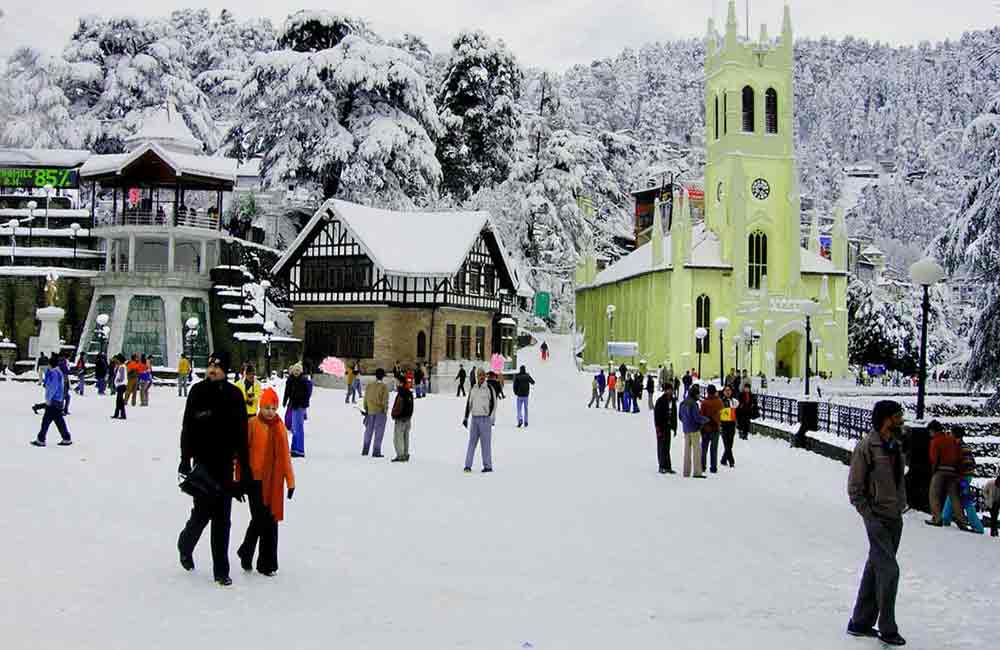
Explore the Wonderful Places to Visit in Manali, Himachal Pradesh - Your Ultimate Guide!
Ready for an exciting adventure? Discover the places to visit in Manali, Himachal Pradesh! From snowy mountains to lush valleys, there's something for everyone. Plan your trip now and explore
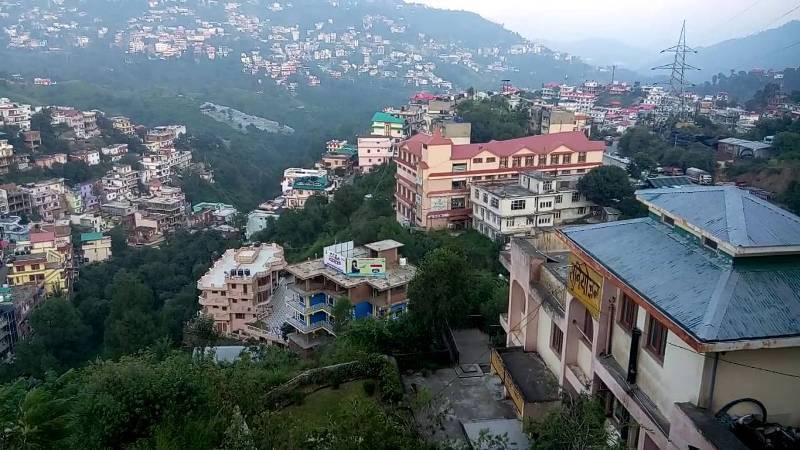
Places to Visit in Solan Himachal Pradesh - Explore the Best Tourist Spots
Discover the enchanting beauty of Solan Himachal Pradesh by exploring its myriad tourist spots. Whether you're seeking adventure or tranquility, Solan has something for everyone. From lush green valleys to
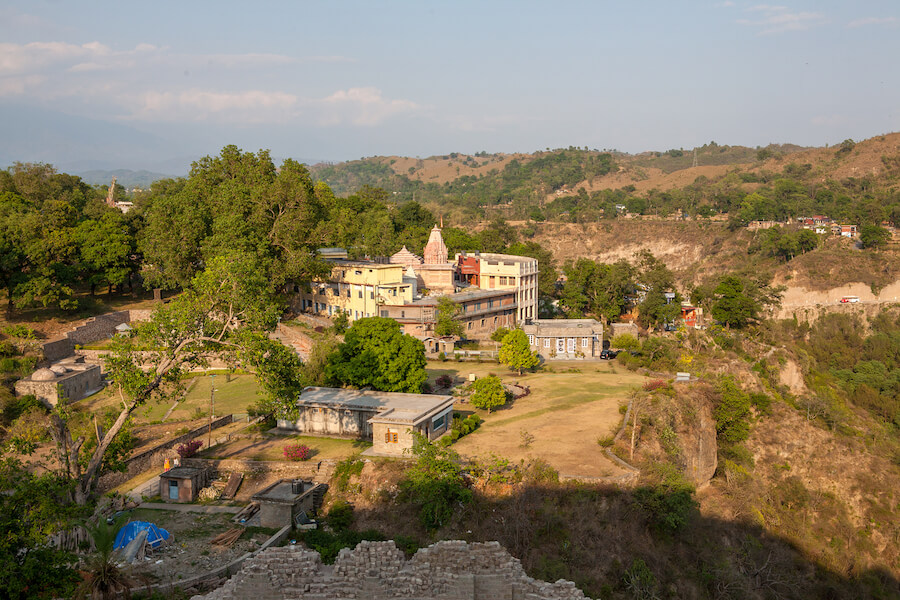
Discover the Best Places to Visit in Kangra, Himachal Pradesh: A Traveler's Guide
Ready for an exciting journey? Kangra, Himachal Pradesh welcomes you with open arms! Explore ancient temples, lush landscapes, and more in this enchanting valley. Let's uncover the best places to
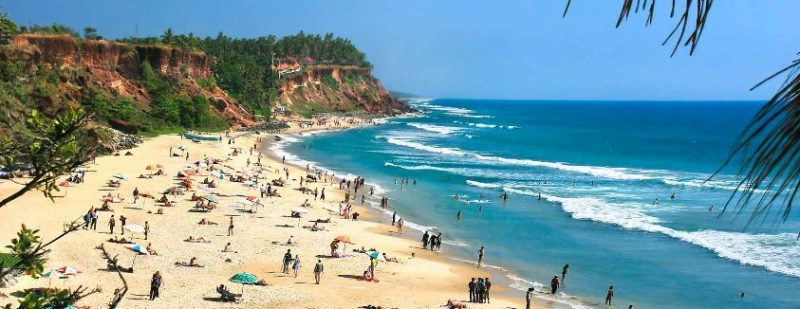
Explore Incredible Places to Visit in Varkala, Kerala: A Guide
Are you ready for an adventure? Varkala in Kerala is waiting for you! Discover the magic of this beautiful place with our guide to the best places to visit. From
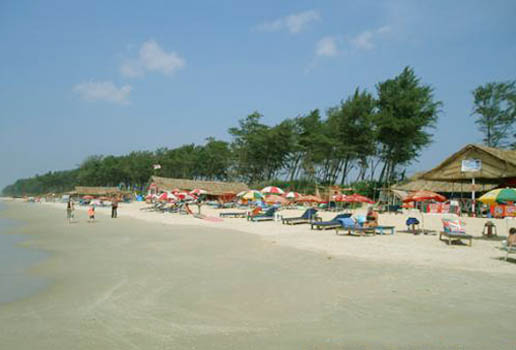
Explore Panaji, Goa: Discover the Best Places to Visit in the City
Ready for an adventure? Panaji, located in Goa, is packed with exciting places to visit. From ancient forts to picturesque beaches, there's never a dull moment in this lively city.
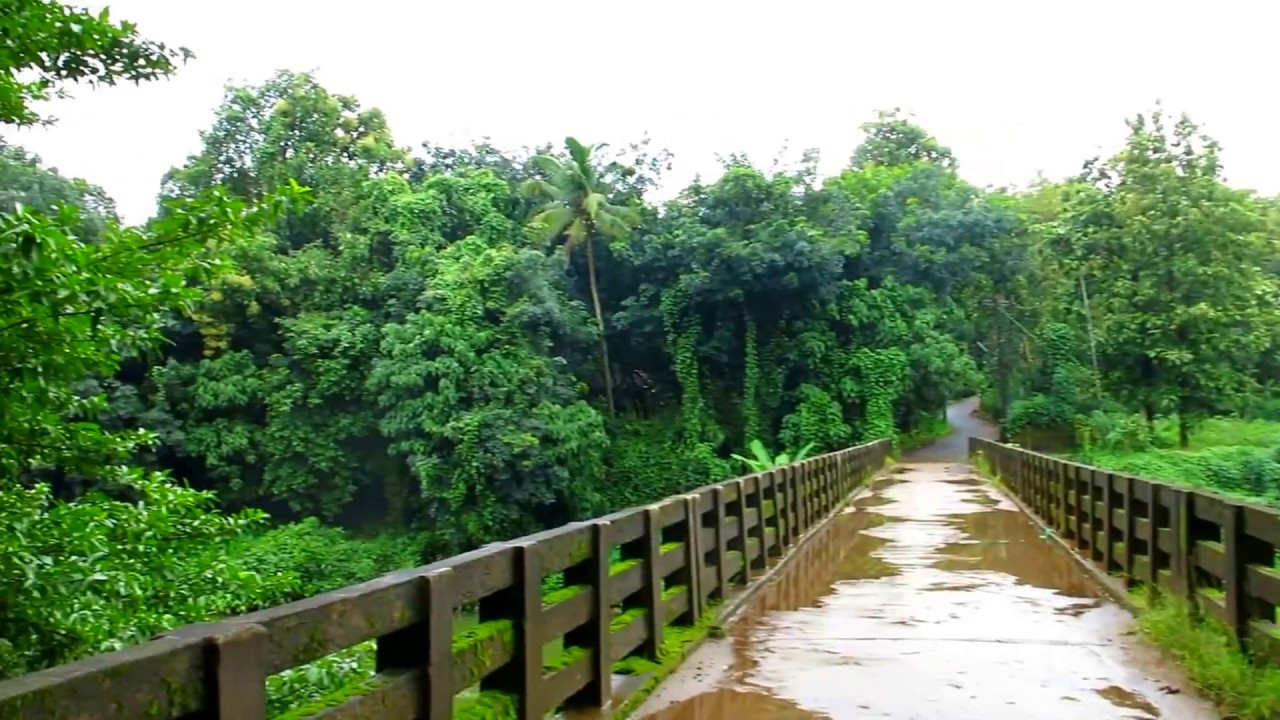
Explore the Best Places to Visit in Thrissur, Kerala – A Perfect Guide for Your Next Adventure!
Are you ready to explore Thrissur, Kerala? Get ready for an exciting journey through this vibrant city! Discover its rich history, stunning landmarks, and fascinating culture. With our guide to
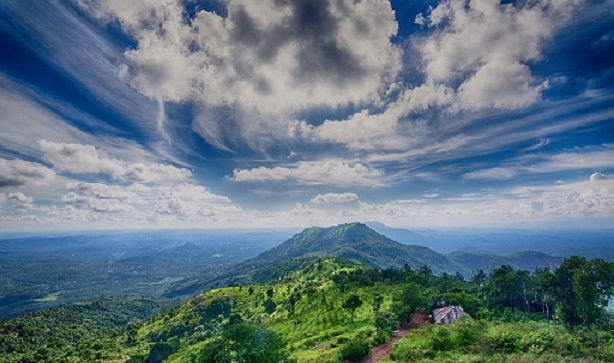
Explore the Best Places to Visit in Malappuram, Kerala - A Traveler's Guide
Dive into the beauty of Malappuram, Kerala with our ultimate travel guide! From picturesque beaches to fascinating historical sites, explore the best places to visit in Malappuram Kerala. Whether you're
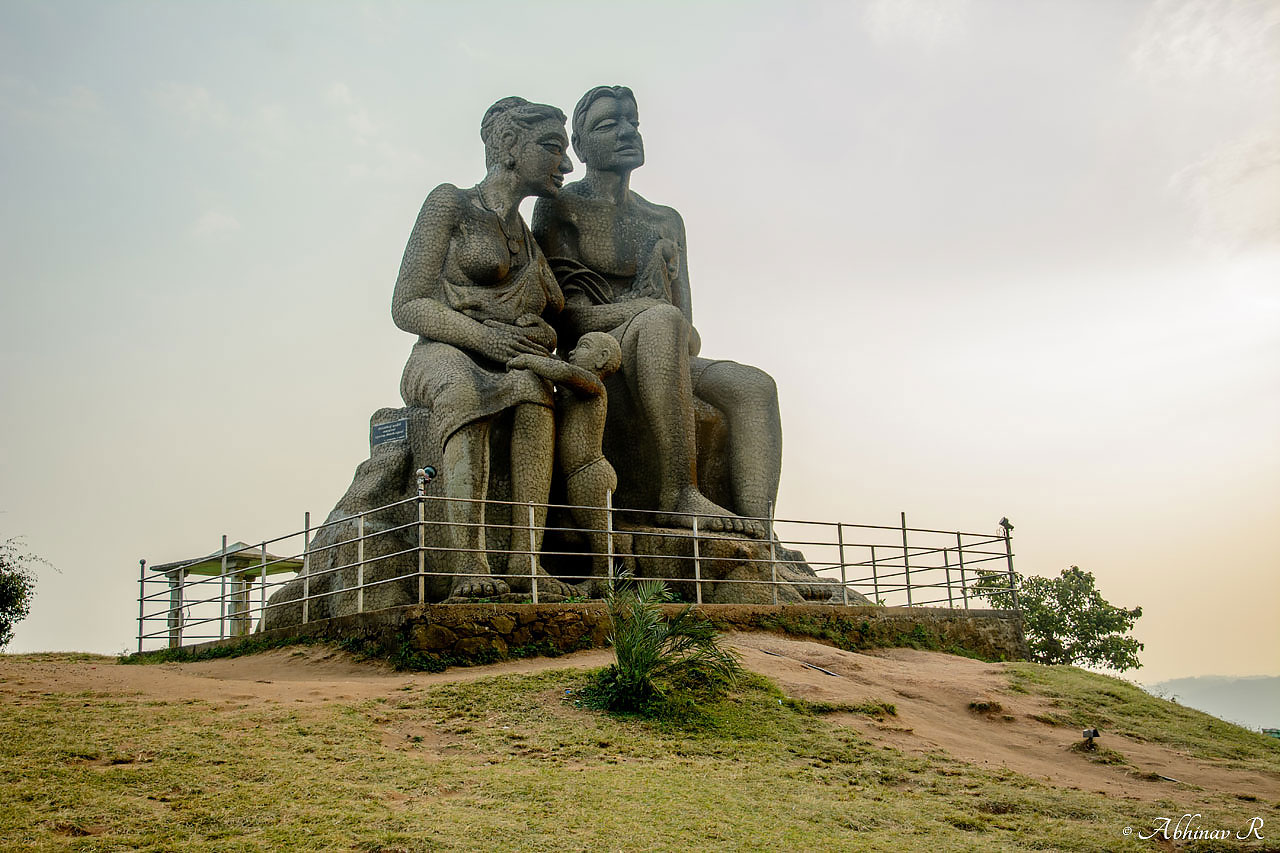
Explore the Best Places to Visit in Idukki, Kerala - A Traveler's Guide
Discover the mesmerizing beauty of Idukki, Kerala with our guide to the best places to visit. From breathtaking landscapes to serene lakes, explore the charm of this enchanting destination. Whether
- Tamilnadu Destinations

